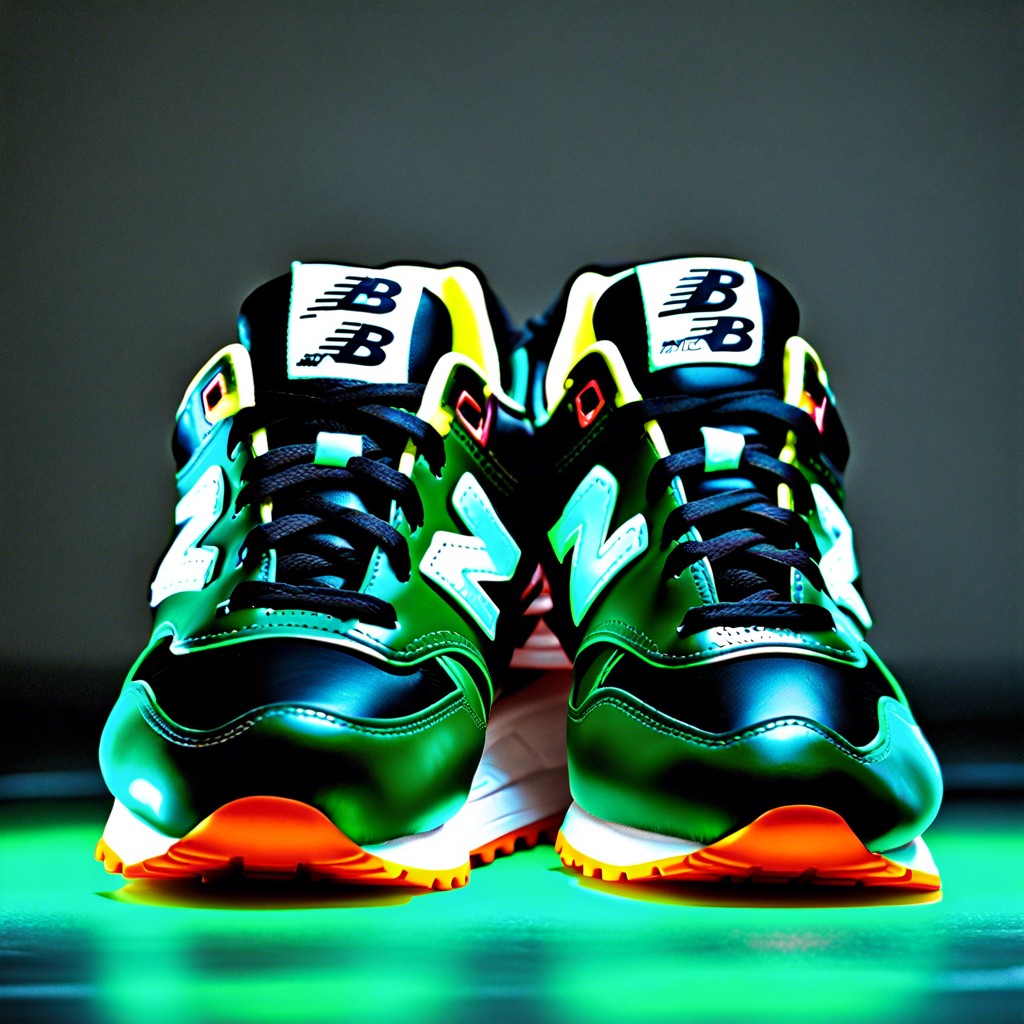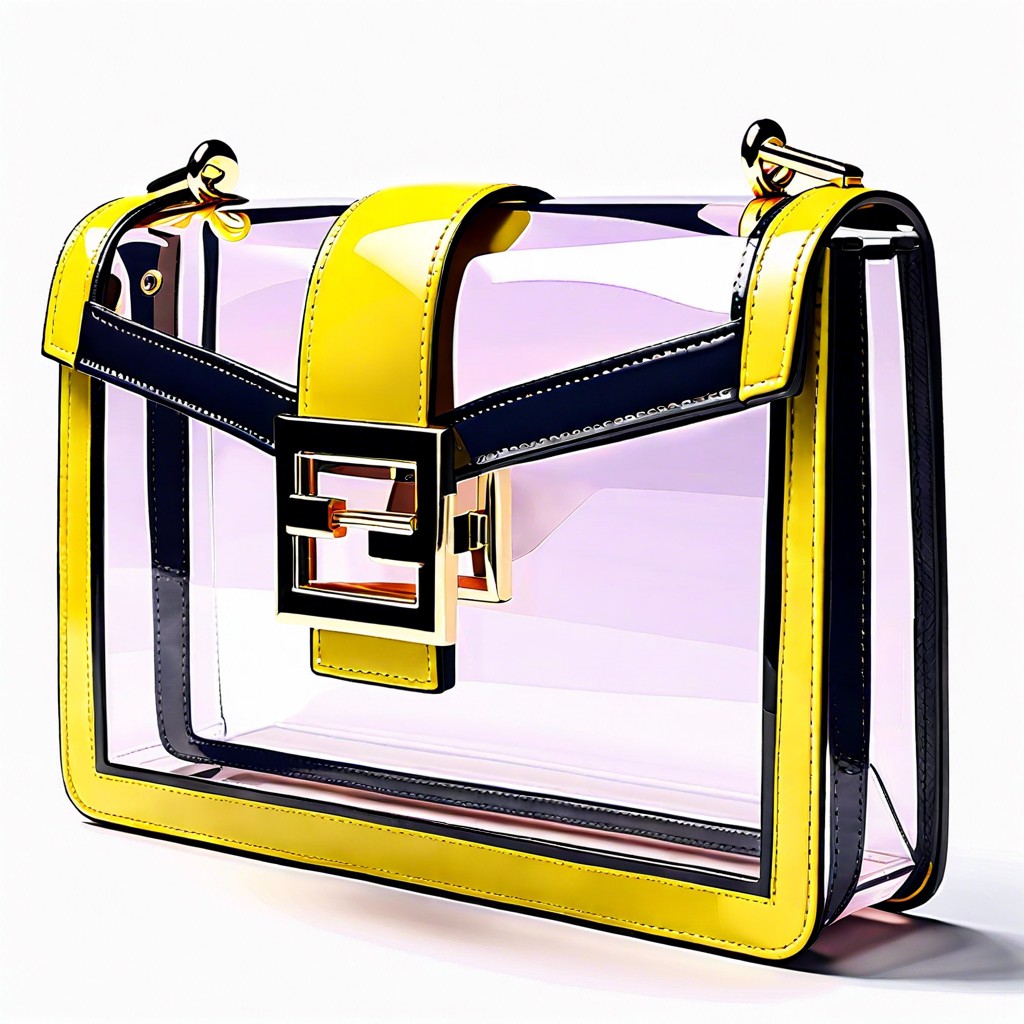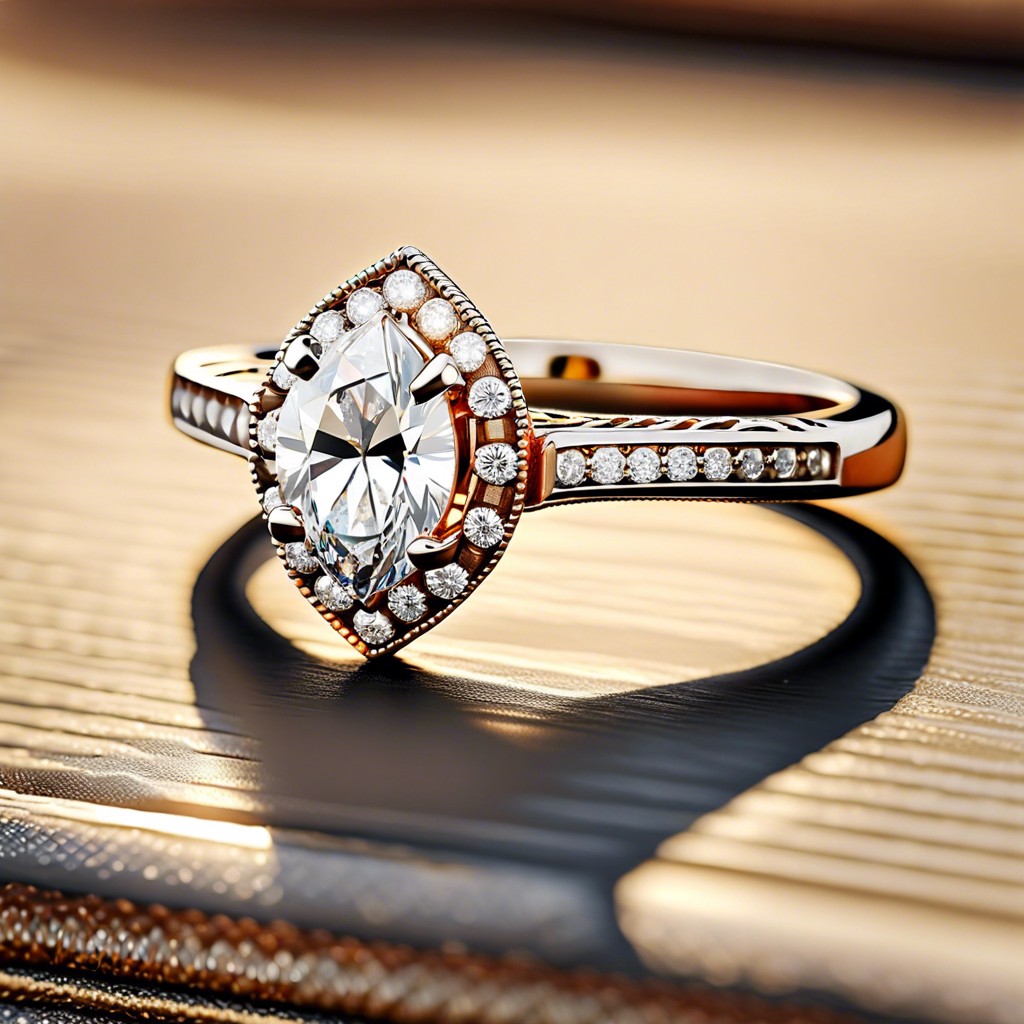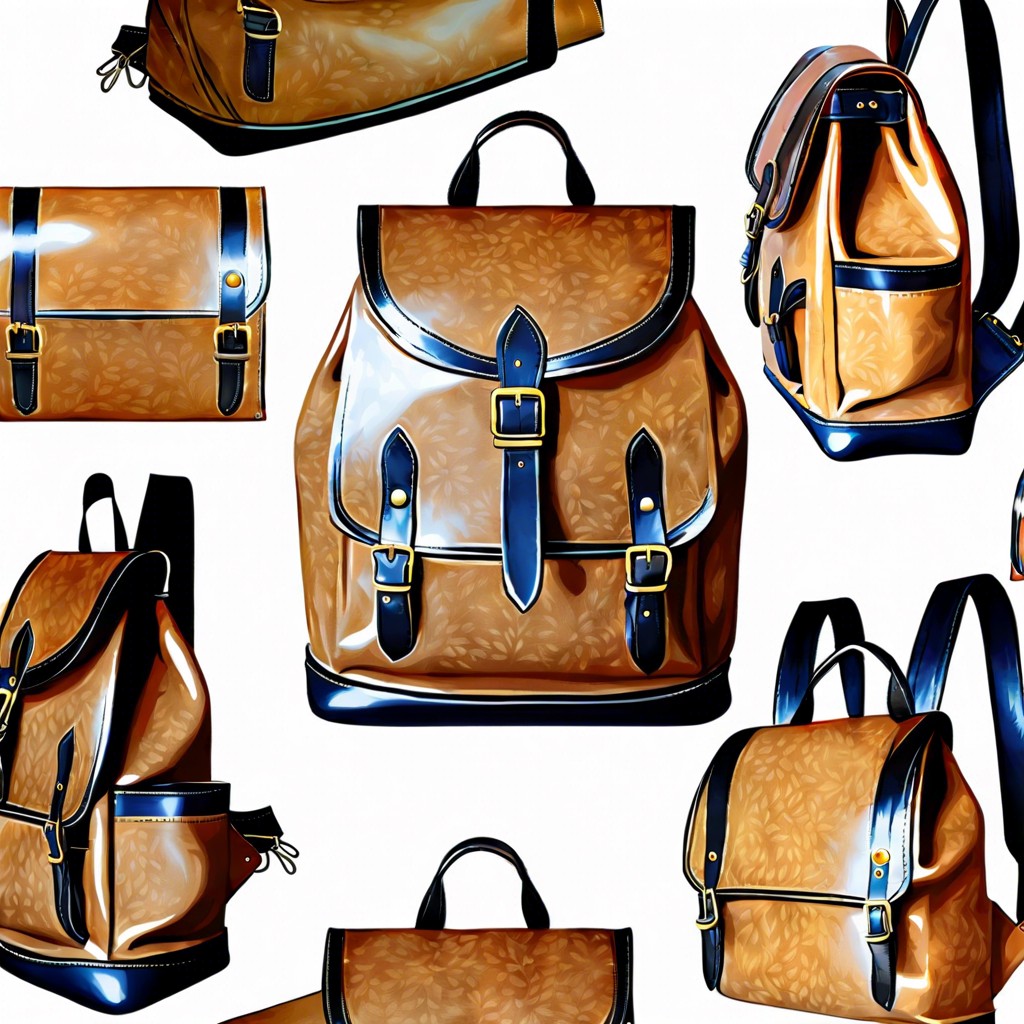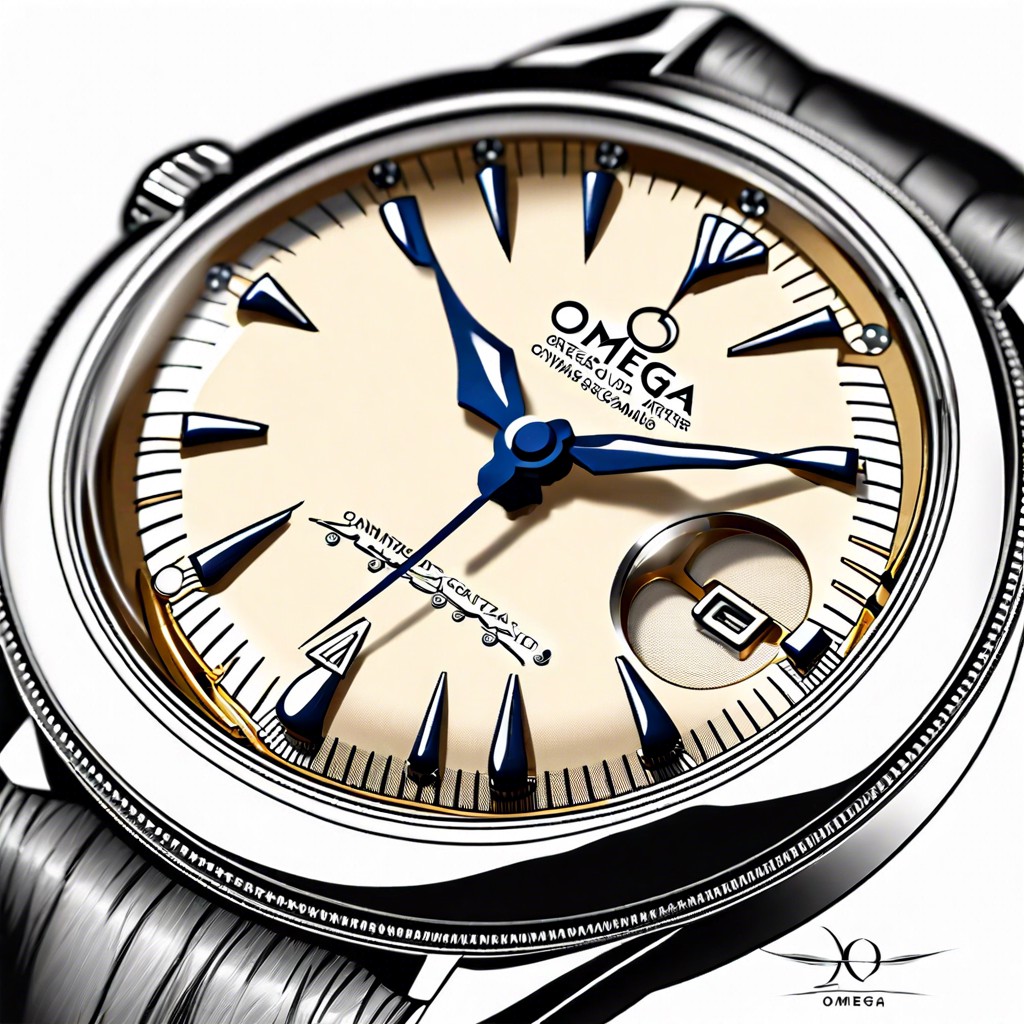Last updated on
Discover the key features to look for when selecting a vintage Nike hoodie to ensure authenticity and value.
Key takeaways:
- Vintage Nike hoodies have distinct features based on their era.
- Key indicators include variations in the Nike “Swoosh” logo.
- Vintage hoodies have different materials, fit, and colors from modern styles.
- Look for iconic Nike collaborations and limited edition releases.
- Authenticity can be determined by labels, materials, craftsmanship, and design.
Understanding Vintage Nike Hoodies

Vintage Nike hoodies, often sought after for their classic appeal and nostalgic value, can be recognized by distinct features representative of their era. These garments are typically dated from the 1970s to the early 2000s, a period during which Nike rose to dominance as a sportswear brand.
Key indicators include the design of the Nike “Swoosh” logo, with variations in its shape and size that correspond to specific periods of Nike’s branding history. Earlier hoodies might feature the orange tag from the 1970s or the gray tag from the 1980s. Materials used in vintage hoodies often differ from modern synthetics, with a propensity for heavier cotton blends and less technical fabrics.
The cut and fit of vintage hoodies tend to be less form-fitting than contemporary styles, reflecting the fashion sensibilities of their respective times. A boxier silhouette is characteristic of vintage Nike hoodies, contrasting with the more tailored, ergonomic shapes seen in modern athletic wear.
Color pallets and graphic designs from vintage eras also stand out. Pops of neon and pastel were popular in the 1980s, while the 1990s saw bolder graphics and logomania. Identifying these features helps distinguish authentic vintage hoodies from retro reproductions.
Characteristics of a Vintage Nike Hoodie

Iconic Nike Swoosh: Older hoodies often display the classic Nike ‘swoosh’ logo, a universally recognized symbol that may vary slightly in style based on the era of production.
Materials and Construction: Vintage hoodies typically feature a cotton-polyester blend. Thicker, loopback cotton is common, distinctive for its durability and comfort.
Labels and Tags: Care tags and brand labels on vintage Nike items can provide crucial information about the age. The tag design, including the font and logo, has evolved, providing clues to the era of manufacture.
Color and Patterns: Early Nike hoodies often came in solid colors with subtle branding, while later vintage pieces might showcase bold patterns and bright colors, reflective of the design trends of the 80s and 90s.
Collaborations and Limited Releases: Some vintage hoodies are the result of collaborations or are limited edition releases, making them unique and sought after, with increased value to collectors.
Fit and Cut: Vintage hoodies tend to have a boxier, less fitted silhouette compared to the more tailored fits of modern athletic wear. Sleeve and torso lengths may also differ.
The Evolution of Nike Hoodie Designs Over the Decades
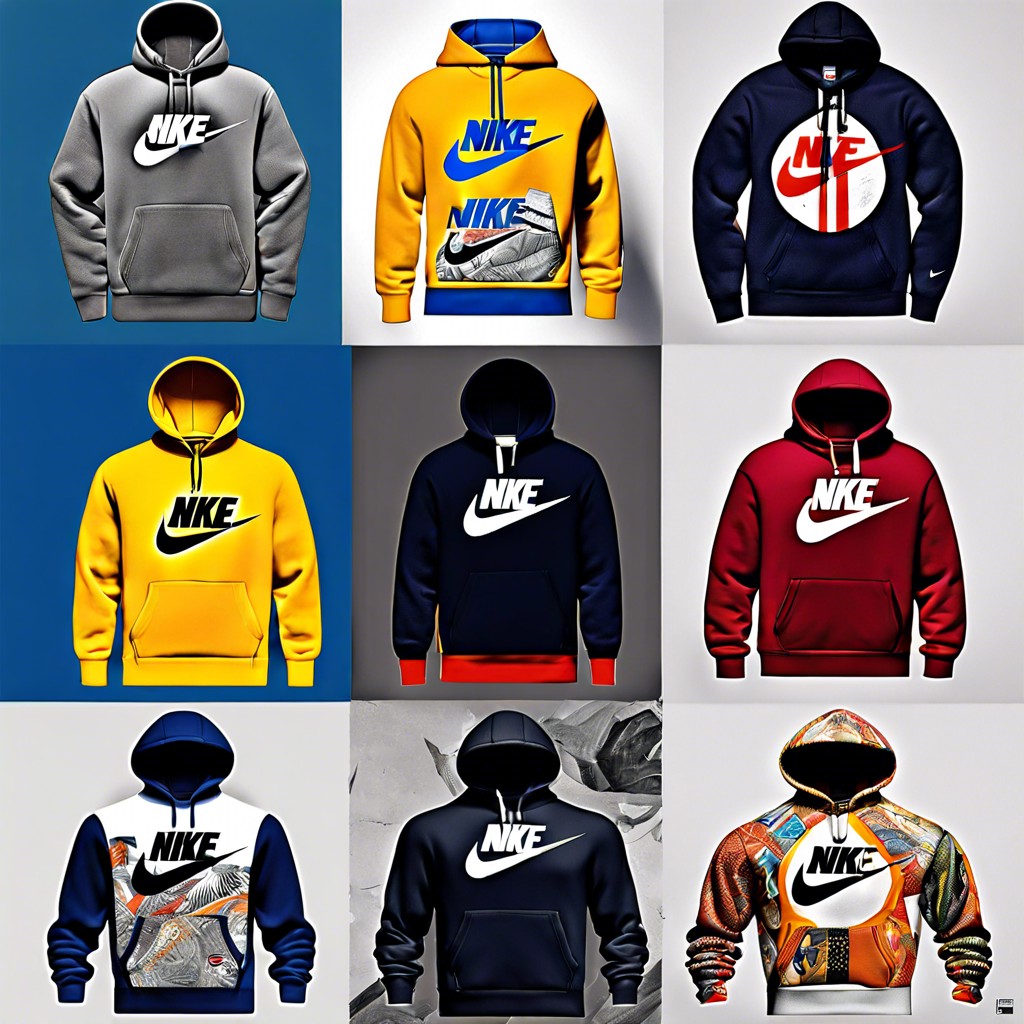
The 1970s heralded the debut of Nike hoodies, featuring simple designs and the iconic Nike Swoosh. These early pieces predominantly showcased a single-color scheme, often accompanied by the brand’s logo.
In the 1980s, a leap in fashion and pop culture saw hoodies embracing bold colors and graphics. Nike’s collaboration with Michael Jordan in 1985 introduced hoodies with prominent branding and athlete endorsements, boosting their popularity and collectibility.
Athletic wear morphed into casual wear in the 1990s, with Nike hoodies at the forefront, showcasing oversized logos and experimental prints. The ‘Just Do It’ slogan, introduced in 1988, became a common sight on these hoodies. Design features such as pullovers and zip-ups provided variety.
By the 2000s, vintage aesthetics started to influence current designs, with Nike revisiting its archives to reintroduce classic styles. Collaborations with designers and limited releases have given rise to hoodies that combine old-school charm with modern fits and materials.
Today, the landscape of vintage Nike hoodies mirrors the brand’s evolution, offering a tapestry of design elements that tell a story of athletic prowess, cultural trends, and fashion revolutions.
How to Authenticate a Vintage Nike Hoodie

Inspect the label for age indicators. Pre-2000s items often feature a simple, unembellished “Nike” with a Swoosh logo, sans the modern “Nike” fonts. Examine the care tags; vintage pieces usually have them on the lower inside seam, not at the neck.
Check the quality of the materials. Hoodies from earlier decades were commonly made with a heavier cotton blend. Modern replicas might feel lighter and use inferior thread or fabric.
Analyze the craftsmanship. Vintage Nike garments tend to have a high level of craftsmanship. Look closely at the stitching and the alignment of the seams. Uneven or loose stitching can be a red flag for counterfeits.
Study the design and colorway. Some vintage Nike hoodie designs were produced in limited color schemes. Verifying the authenticity involves cross-referencing the design and color with Nike’s historical releases.
Understand the wear and tear. Authentic vintage hoodies may exhibit a consistent fade and wear pattern due to age. Look out for artificially distressed features, which may indicate a forced vintage appearance.
Serial numbers and production codes can be crosschecked with Nike’s records. Authentic items usually have these numbers hidden inside the shoe or on the garment tag, and they should correspond to the time period the hoodie is purportedly from.
Market Trends and Value of Vintage Nike Hoodies
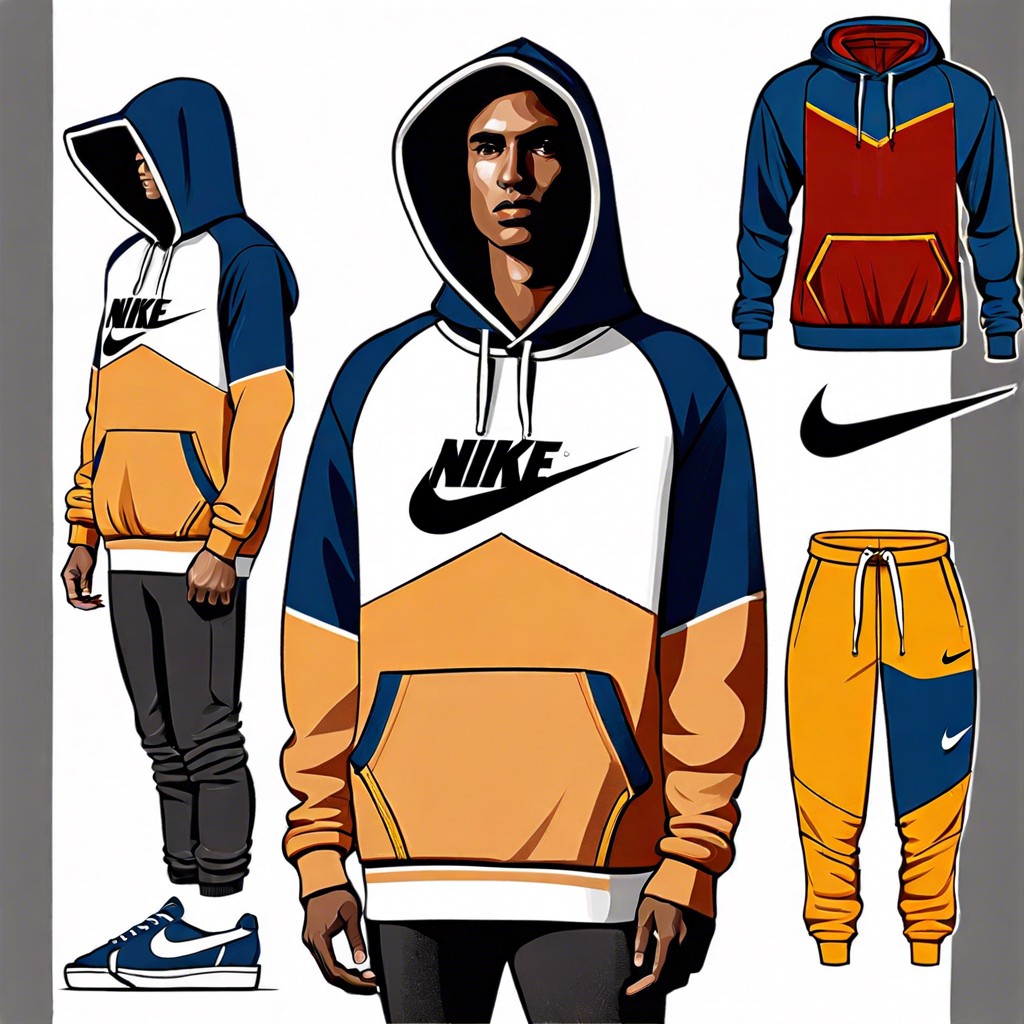
Market trends in vintage fashion often reflect broader social and cultural shifts. Nike hoodies from the 1970s and 1980s are particularly sought after due to their association with the era’s burgeoning hip-hop scene and the rise of streetwear culture. The rarity of these pieces, coupled with their storied past, drives up their value.
Collaborations and limited releases increase a hoodie’s value. A Nike hoodie co-branded with a high-profile designer or artist, or one that was released in limited quantities, can command a premium price.
Condition matters greatly. A well-preserved hoodie without significant wear, fading, or damage is more valuable than one showing its age. However, some buyers appreciate a “lived-in” look for its authentic vintage appeal.
Size can influence value. More common sizes tend to fetch higher prices due to demand, but rare sizes can also be valuable to collectors looking to complete a size-run.
Provenance can add to a hoodie’s worth. A vintage Nike hoodie worn by a celebrity or featured in a culturally significant event will likely be more valuable than one without such a notable history.
Finally, market trends are susceptible to fluctuations. Prices can surge with renewed interest, such as when a celebrity is spotted wearing vintage Nike or when the brand re-releases a classic design. Conversely, the market may dip due to oversaturation or a shift in fashion trends.
